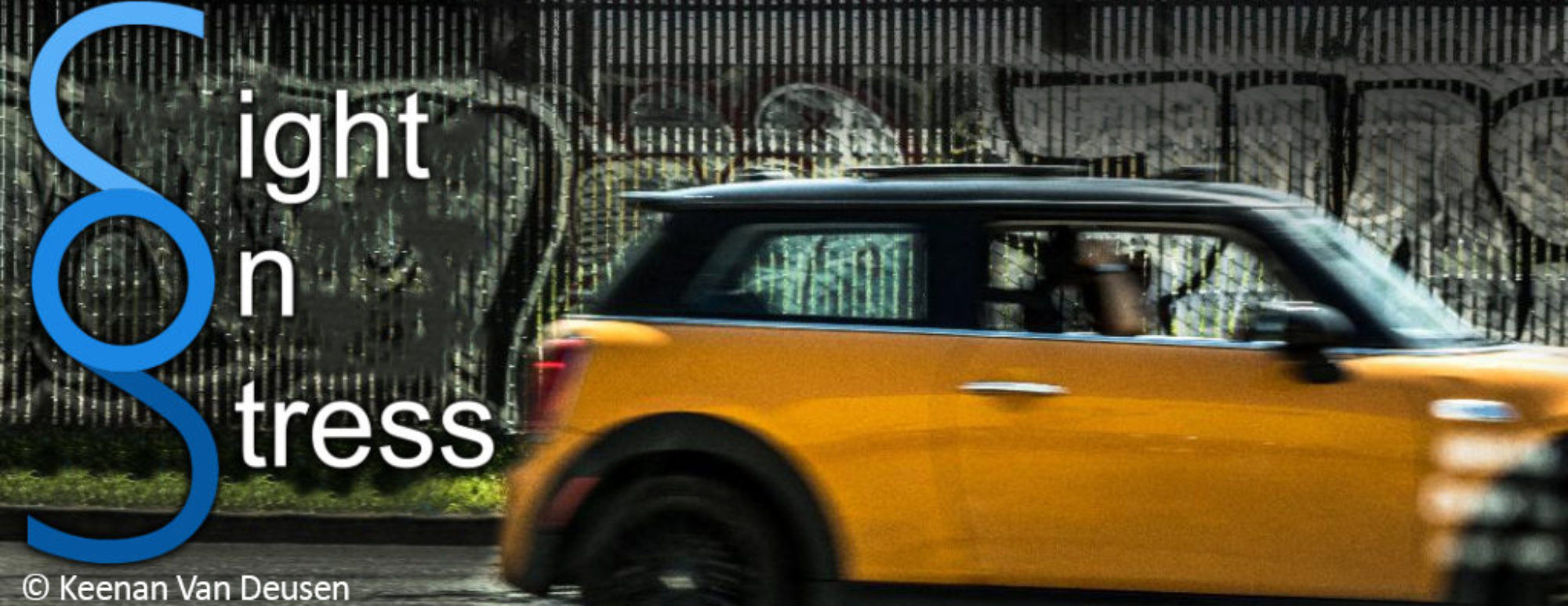
As I wandered the exhibition hall at the Sleep Meeting 2016 in Denver, I found myself both intrigued and mystified by the number and array of insomnia sleep aids on the market today. The sleep products and their marketing strategists clearly mirrored a desperate, sleep deprived society, looking for something that could help them “Go the F**k to Sleep!” as Adam Masbach says with his recent book title.
What Sleep Products are Available?
Everything from a new timed release melatonin called REMfresh, manufactured in Italy and designed to induce sleep, milligram by milligram throughout the night, like no other melatonin on the market to “SleepPhones” (a gadget that wraps around your head like a soft 1980’s workout band and plays soothing music or sleep meditations or whatever you have recorded on your smartphone), the sleep product companies were in full throttle for the convention-goers. I admit, I tried several products and found myself quite drawn in, even contemplating plunking down $3500 (the special convention price) for a full body massage chair that conducted deep tissue massage from head to toe, literally. That was until I imagined the thing arriving on my front doorstep, all 270 lbs of it, and I was slapped back into rational thinking. It was divine while it lasted, though.
There were restless leg foot wraps to calm restless leg syndrome to the tune of $350 and devices that measure your respiratory flow and EEG sleep stage patterns for approximately $1000. (I suppose the sleep obsessed might purchase these.) Similarly, you could own your own actigraph (a wrist device used in many sleep research studies to track sleep patterns) for the special convention attendee price of $1250. There were devices that attach to pain points on your body to disrupt pain patterns with a strangely soothing, pulsating rhythm, like electro-acupuncture without the needles. There were snoring contraptions that aimed to reduce snoring, myriad CPap machines for those suffering from sleep apnea. And let’s not forget the drug companies…too many to name…who spent much of their time corralling the psychiatrists and sleep medicine doctors that roamed the floor.
Products for Night Sweats
One reader recently asked me about her menopausal night sweats, wondering whether there were any special bedding or pillow options “for us hotties.” Of course, there are! Samina, a bed and bedding company promotes “temperature balancing” products made of 100% organic virgin sheep’s wool which absorb moisture and self-clean, thereby eliminating moisture too. But they aren’t the only ones. Just google “bedding for night sweats” and you’ll find all sorts of claims on all sorts of products.
What are all these sleep products costing us in America? According to a 2012 article in the Columbus Dispatch, sleep product manufacturers raked in 1.3 billion in revenue in 2011, costing the consumer much more than that. In 2015, C. Stamoulis of Boston Childrens Hospital and Harvard Medical School estimated that the cost of sleep deprivation as a whole in our country approaches $100 billion. (This figure includes health care costs and loss of productivity due to sleep deprivation in addition to money spent on sleep gadgets and supplements.)
Insomnia Sleep Aids: Gadgets and Gizmos – Conclusion
That said, some gadgets may work. I was enamored with SleepPhones and intrigued with Samina. I talked to folks who swear by these products, and watched others buy them up hungrily. Skeptics, however, kept their distance, choosing to look, but not touch. After all, if you haven’t tried darkening, cooling and quieting your sleep environment, turning off your t.v., computer, tablet and smartphone at least an hour before bed, taking an evening bath, doing gentle yoga and/or meditating, losing weight (sleep apnea) and setting boundaries with work about how many hours you’ll put in each week, those are free, well-researched, sleep-inducing options.
Dr. Van Deusen received her PhD in Clinical Psychology from the California School of Professional Psychology in Los Angeles in 1992. She has cultivated deep knowledge of attachment theory and stress and has worked with various populations over her two and a half decade career. Her practice is in Seattle, Washington. Buy her book Stressed in the U.S.: 12 Tools to Tackle Anxiety, Loneliness, Tech-Addiction and More here


Thanks, it’s very informative